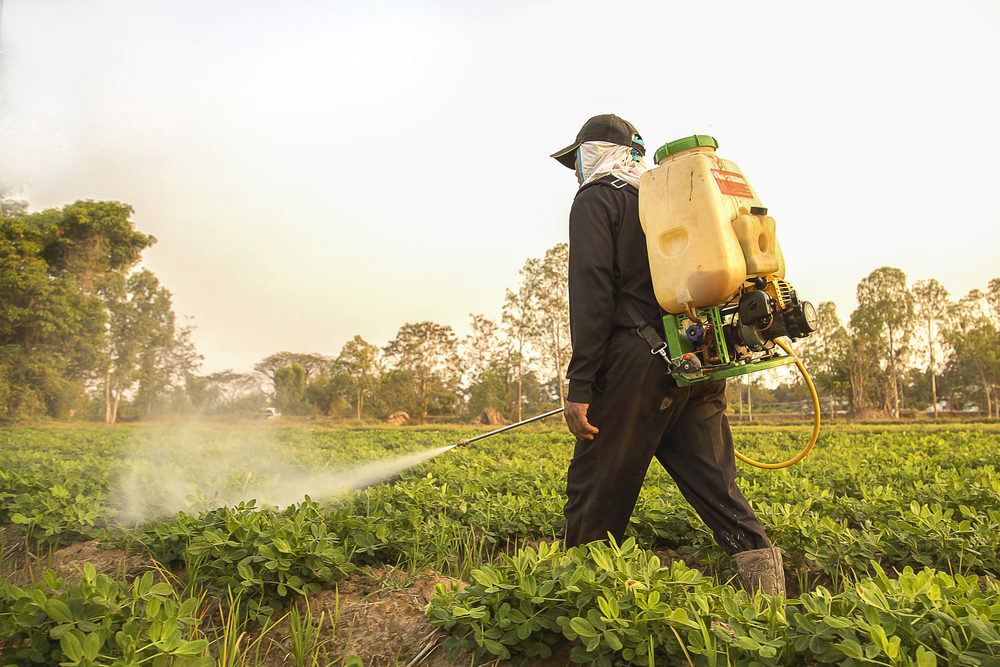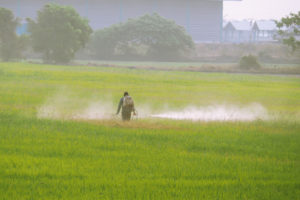
As the number of paraquat lawsuits increases in courts across the country, the U.S. Judicial Panel for Multidistrict Litigation (JPML) is considering a motion to consolidate those cases into one court for more efficient pre-trial proceedings.
Paraquat is a popular herbicide used in farming applications that have been linked to an increased risk of Parkinson’s disease in several studies.
All Paraquat Lawsuits Involve Common Questions of Law and Fact
A plaintiff currently involved in a paraquat lawsuit pending in the United States District Court for the Northern District of California has filed a brief in support of his motion to transfer all federally filed paraquat lawsuits into the same court for coordinated pretrial proceedings. He identifies fourteen similar actions in six different federal district courts, all brought by plaintiffs suffering from Parkinson’s disease (PD) allegedly as a result of exposure to paraquat.
The cases are “excellent candidates” for coordinated pretrial proceedings, the plaintiff states in his motion, “because they arise from the same poisonous toxin causing the same crippling disease resulting from the wrongful conduct of the same three defendants.” The plaintiff refers to Sygenta Crop Production, LLC; Syngenta AG, and Chevron U.S.A.; all of which manufacture paraquat.
The plaintiff adds that each plaintiff will conduct the same discovery regarding the marketing and scientific history of paraquat, and that centralizing these and all future federal cases before one judge will prevent inconsistent pretrial rulings and duplicative discovery, and conserve the resources of the judiciary, the parties, and their counsel. A transfer is also seen as appropriate because all cases involve common questions of law and fact, substantially similar legal claims, and requested relief.
Scientific Studies Link Paraquat with Parkinson’s Disease
Paraquat is a chemical herbicide developed and sold in the United States since 1964. It is used by farmers to kill broadleaf weeds and grasses before planting various crops, to control weeds in orchards, and to desiccate (dry) plants before harvest.
Paraquat kills plants by creating oxidative stress which then proceeds to kill living cells. It can do the same in animal and human cells and has been found in animal studies to create similar oxidative stress. Surfactants combined with paraquat to help it stay on plant leaves also allow it to penetrate human skin, mucous membranes, and other tissues.
Parkinson’s disease is an incurable disease that attacks the part of the central nervous system that controls movement. Symptoms include tremors, rigidity, and impaired balance. One of the hallmarks of the disease is the presence of damaged dopamine-producing nerve cells in the brain.
Dopamine is a neurotransmitter that is critical to the brain’s ability to control motor function. When these dopaminergic neurons are damaged or killed, they can no longer produce the dopamine needed, making it more difficult for the brain to control motor function.
Human epidemiologic studies have found an association between paraquat exposure and Parkinson’s disease. In 2019, for instance, researchers conducted a systematic review of the literature and found that PD occurrence was 25 percent higher in participants exposed to paraquat. Results from a subgroup analysis also indicated a higher PD frequency in those who were exposed to the herbicide for longer periods.
In animal research, exposure to paraquat has been found to create oxidative stress that damages and kills dopaminergic neurons. ln a 2002 animal study, for instance, scientists discovered that paraquat injections killed dopaminergic neurons in the brain-the same neurons that are damaged in PD.

Exclusively focused on representing plaintiffs—especially in mass tort litigation—Roopal Luhana prides herself on providing unsurpassed professional legal services in pursuit of the specific goals of her clients and their families. While she handles complex cases nationwide on behalf of consumers, Ms. Luhana resides with her family in Brooklyn, New York.















Comments for this article are closed.